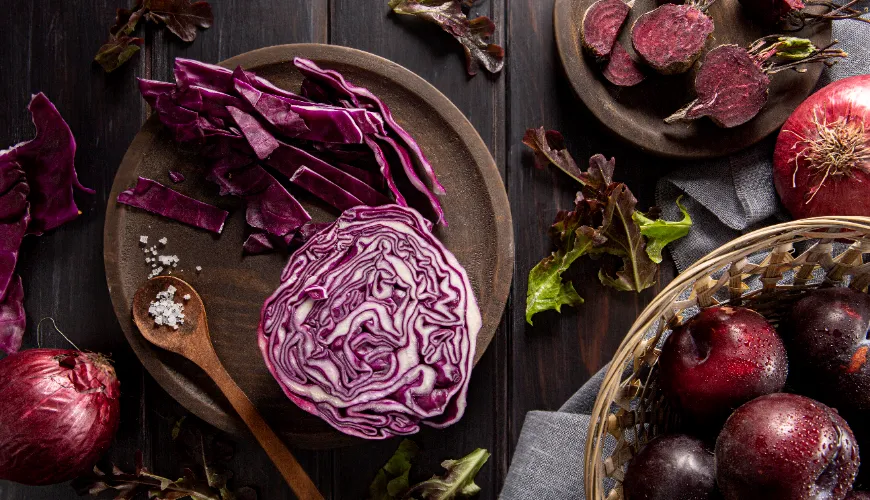
Explore the harmfulness of maltodextrin and its impact on health

Maltodextrin Under the Microscope
Maltodextrin. A substance that most people don't even notice on the labels of their favorite foods, yet it is a part of many meals, beverages, dietary supplements, and medications. Its name doesn't sound particularly frightening, but it often comes up in questions like "Is maltodextrin harmful?" or "What impact does maltodextrin have on health?" And it's no wonder—at a time when more and more people are concerned about food ingredients and strive to live healthier, it's important to know what exactly we're consuming.
Maltodextrin is essentially a polysaccharide—a type of carbohydrate made from natural starches, most commonly corn, potatoes, wheat, or rice. It is produced through a process called hydrolysis, where the starch is broken down into shorter sugar chains, resulting in a powdery substance with no color or odor but a slightly sweet taste. This property makes it an ideal additive for the food industry, as it doesn't significantly alter the taste of the final product.
Why is maltodextrin used so frequently?
Food manufacturers favor maltodextrin for several reasons. It acts as a thickener, stabilizer, flavor carrier, improves product consistency, extends shelf life, and is inexpensive. You'll find it in instant soups, sauces, protein bars, sports drinks, baby foods, as well as in low-fat yogurts or baked goods.
Maltodextrin often appears in places one wouldn't expect—such as in some natural sweeteners or organic products, since maltodextrin itself can be made from ecologically certified raw materials. However, this doesn't automatically make it healthy.
This brings us to a question that concerns many consumers: What is the actual impact of maltodextrin on health?
Is maltodextrin harmful?
Looking at scientific studies and the opinions of expert institutions like the European Food Safety Authority (EFSA) or the U.S. FDA, maltodextrin is considered safe for regular use in foods. But this doesn't mean it's entirely risk-free.
The biggest challenge is its impact on blood sugar levels. Despite not being a classic sugar, it has a very high glycemic index—sometimes higher than glucose. This means that its consumption can lead to a sharp increase in blood sugar levels, which is particularly problematic for diabetics or people with insulin resistance.
Moreover, this sudden spike in energy is often followed by a rapid drop, which can lead to feelings of fatigue, irritability, or further cravings for sweets. Regular consumption of products with maltodextrin can thus contribute to disrupting energy balance and encouraging overeating.
Other concerns involve its effects on the gut microbiome. Some research suggests that maltodextrin can negatively affect the composition of gut bacteria, particularly by promoting the growth of harmful strains such as Escherichia coli. This can have an impact on the immune system and overall resistance of the organism. A 2012 study published in the journal Gut Microbes highlighted that maltodextrin might impair the cells' ability to defend against certain pathogens.
Another aspect is the potential impact on inflammatory processes in the body. According to some studies, frequent consumption of maltodextrin may increase the production of inflammatory molecules, which can be risky, especially for people suffering from chronic diseases such as autoimmune disorders or irritable bowel syndrome.
Even though maltodextrin is made from natural ingredients, the method of its production is so industrial that the resulting substance has almost nothing in common with the original plant. Some experts thus categorize it among ultra-processed ingredients that should be limited in a healthy diet.
When should maltodextrin be avoided?
Not everyone needs to strictly limit maltodextrin in their diet. If it appears only occasionally in a balanced diet, its impact on health is likely to be negligible. However, it can be problematic for certain groups of people:
- Diabetics and those with insulin resistance: due to its high glycemic index.
- People with sensitive digestion or intestinal issues: may experience bloating or other digestive discomforts.
- Those trying to lose weight: as it can increase appetite.
- Individuals with inflammatory diseases: due to potential exacerbation of inflammatory processes.
An interesting example illustrating how maltodextrin sneaks into the regular diet is the story of a young woman who decided to switch to a healthier lifestyle due to chronic abdominal pain. After several consultations with a nutritionist, she began reading labels and discovered that her favorite "fitness" yogurt contained not only maltodextrin but also other hidden sugars. After a few weeks without these products, her digestion significantly improved and the pains subsided. This story is not an exception—it shows how little we often realize what we are actually eating.
What should you know when reading labels?
Maltodextrin can hide under various names on packages—most commonly as "maltodextrin" or "modified starch." If it appears at the beginning of the ingredient list, it means the product contains a relatively high amount. For sensitive individuals or those looking to reduce their intake of simple carbohydrates, it's advisable to monitor its presence.
With organic and bio products, the situation is somewhat better—they often do without maltodextrin or use it in limited amounts. The advantage is also that organic quality guarantees the absence of genetically modified organisms, from which maltodextrin is often produced in conventional industry.
As well-known nutrition expert Marion Nestle says: "Don't eat anything your grandmother wouldn't recognize as food." And maltodextrin certainly doesn't belong in that category.
Are there alternatives?
Yes, and often much more natural ones. As flavor carriers or thickeners, you can use natural fiber, tapioca, chicory syrup, or dried fruit. In sports nutrition, where maltodextrin is often used for quick energy, quality fruit-based natural sources of carbohydrates like dates, raisins, or banana puree can serve as alternatives.
Of course, you need to consider that natural alternatives have shorter shelf lives or different tastes, but from a health perspective, they are a much gentler choice.
Maltodextrin isn't toxic nor automatically harmful. But in an era where we're seeking balance between taste, nutrition, and sustainability, it's good to know what lies behind this complex name. And to decide whether we really need it on our plate—or if we prefer ingredients that are closer to nature than to the lab.

